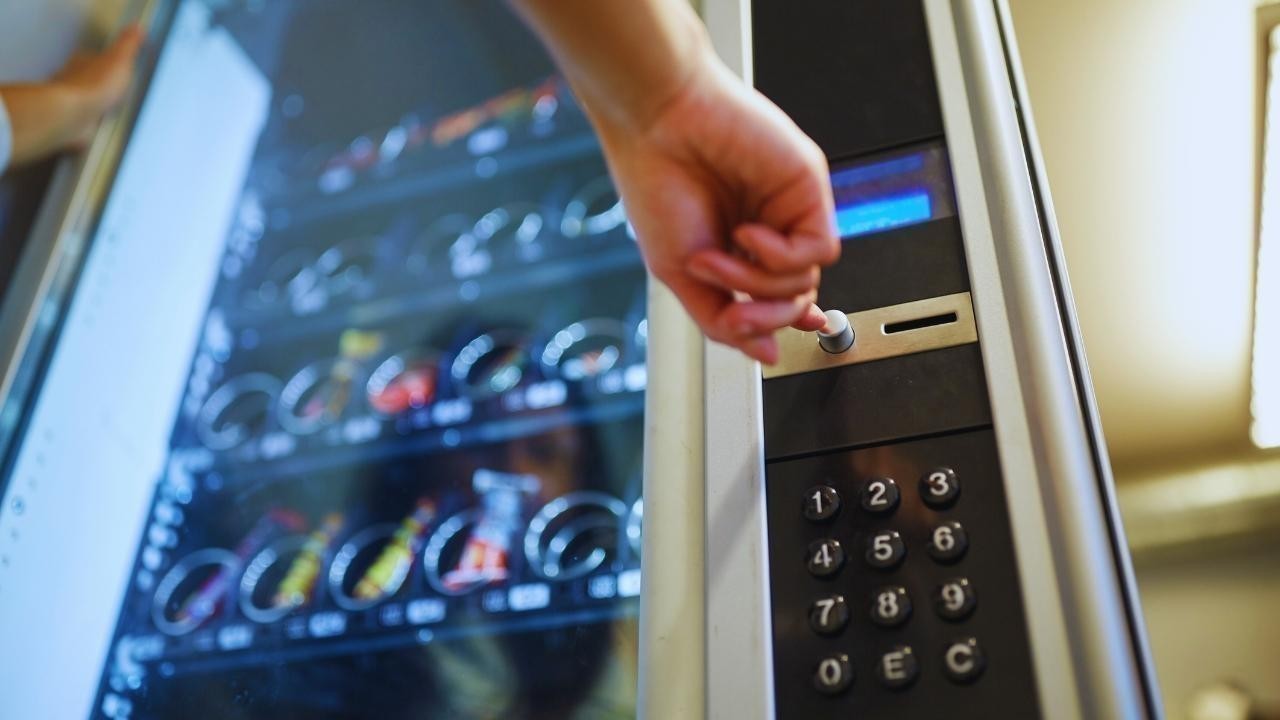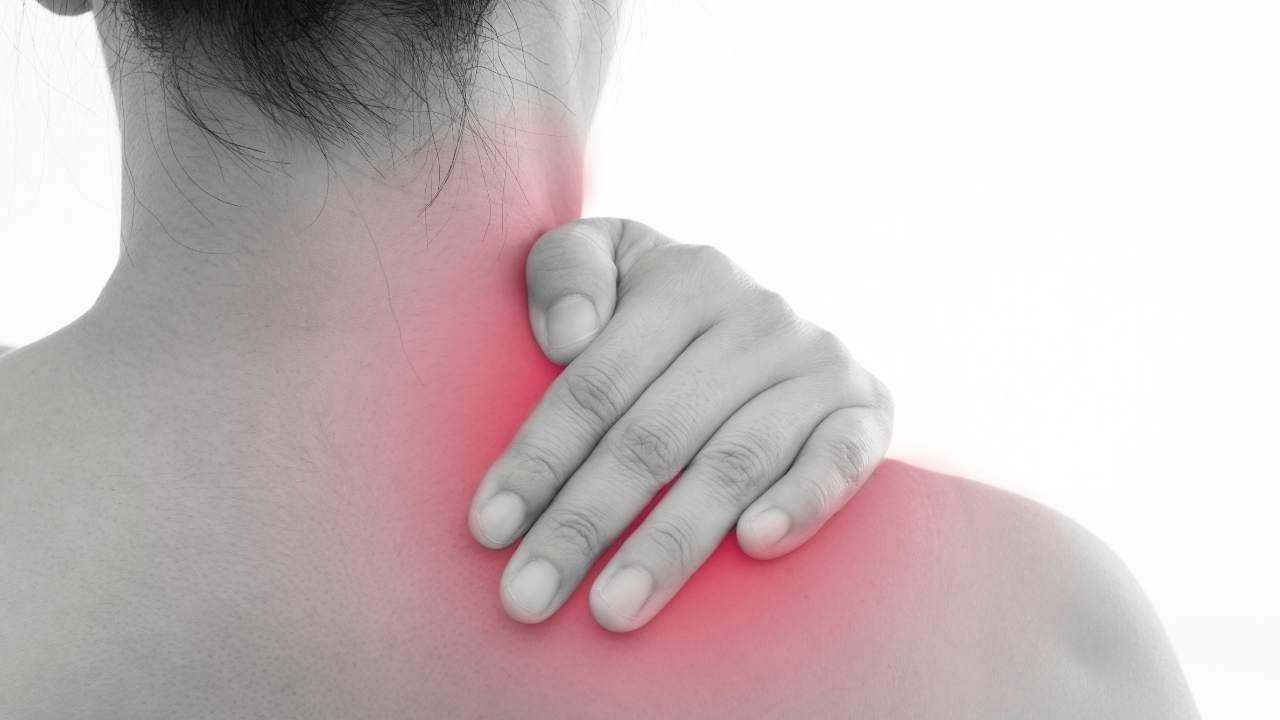
Post by : Anish
The Intriguing Journey of Coins Inside a Vending Machine
Have you ever watched a quarter slide through a vending machine slot and wondered where it went next? That innocent shiny coin doesn’t simply drop into a jar—it embarks on a well‑orchestrated journey through channels, sensors, gates, and tubes. Some coins escape into your hands as change, others quietly feed the machine’s revenue, and a few get rejected altogether—sometimes for reasons more subtle than you might think.
Let’s peel back the outer casing and explore what really happens when coins vanish into that vending machine slot. From gravity‑fed pathways to magnetic sensors, the process is surprisingly elaborate, balancing physics, electronics, business logic, and security at every step. Along the way, we’ll consider counterfeits, jams, maintenance, and why some coins get rejected even when they look genuine.
When you insert a coin, it first lands in a coin cup and then drops into a gravity‑fed chute or ramp—a seemingly simple system. But that ramp is full of purpose. It guides the coin past sensors that measure its size and weight. As it rolls down, the coin encounters gates and channels designed to accept specific denominations—typically nickels, dimes, quarters or local equivalents.
Anything that doesn’t match—whether too large, too small, or wrong weight—is redirected via the reject gate, slipping through to the rejected‑coin slot instead of continuing onward. That’s why if you drop a nickel into a quarter‑only slot, it usually tumbles back out. According to operators on Reddit, “your nickel will pass through the channels…and … fall through the reject slot”.
Once the coin reaches the acceptance pathway, it passes through two main tests:
Physical dimensions and weight: The coin must match precise tolerances. Heavy or thin coins—even from legitimate foreign currencies—may trigger rejection.
Electromagnetic signature: Inside the mechanism, coils measure metal content. Different metals produce unique signatures in response to electromagnetic fields. If the coin fails to match the programmed reference, the machine registers it as invalid and rejects it.
Some Redditors describe it as a miniature electromagnetic coil transformer—“when the signature isn’t quite correct the machine detects it as not a coin”. The result: no credit is registered, and the coin tumbles out.
If the coin passes both checks, it triggers an accept gate, a solenoid‑operated flap that allows it to continue. From there, it moves into the separator section, where its size decides where it ends up.
Smaller coins like nickels fall into earlier slots; larger coins like quarters drop later, typically into designated coin tubes for that denomination. The mechanism checks pre‑set thresholds—if a tube is full, the coin is routed to the general cash box instead to avoid overflow.
Machine electronics monitor these levels continuously. When coin tubes are nearly full or empty—or programming demands it—the changer adjusts the routing accordingly.
Once sorted, accepted coins signal the machine’s control board, which counts credit toward the purchase price. If your total credit adds up to the price of the item, the vending mechanism activates and delivers your selection.
Rejected coins, on the other hand, bypass all that. They roll down a separate reject ramp and drop into the coin return cup—the one you reach into and wonder why your coin didn’t count.
Common causes of rejection, beyond mismatched size or weight, include dirt‑caked coins, worn surfaces, or even strong magnets stuck inside. Contaminants can throw off sensor readings. Some machines develop jams or wear after heavy use, causing higher rejection rates even for legitimate coins.
Accepted coins are routed either to coin tubes or to the cash box, depending on tube capacity. The tubes serve two purposes:
They hold change for dispensing to subsequent customers.
They help manage denominations through controlled solenoid‑based payouts.
When a customer requests change—or if the machine has to return money—it automatically selects the highest‑denomination coins available, unless the configuration dictates otherwise. The dispenser uses solenoid slides to drop coins into the change slot.
Not all rejected items are genuine mistakes. Some are deliberate attempts to dupe the system: counterfeit coins or slugs. These can be fake tokens, foreign coins of similar size but different metal, or modified coins drilled to mimic weight.
The classic case involves Japanese copies of foreign coins—like ¥500 counterfeits that matched the weight and size—but failed electromagnetic screening. Japan revamped coin composition and vendors reset machines to reject old coins by requiring newer metallic properties.
While older mechanical machines can be fooled by simple shims or washers, modern units use multi‑sensor checks—RF coils, capacitive sensors, even optical scanners—to catch subtle forgeries.
Real‑world use causes wear—and sometimes coins jam. A jam occurs when coins stick, misalign, or pile up in the mechanism. Operators routinely clean coin mechs, use soft brushes, or shake out debris.
If too many coins are jammed or tubes are full, the machine rejects more coins until cleared. Dirt and grease buildup can also cause rejected real coins. Proper maintenance ensures higher acceptance rates and prevents revenue loss.
Even perfect coins may be rejected due to:
Slight wear or deformation
Metallic variance from different mint batches
Residues, oil or dirt altering sensor readings
Misconfigured coin mechanism thresholds
Software mismatches in programming certain denominations or foreign currencies
Sometimes two coins of the same face value behave differently—operators sometimes advise "try another quarter first" before suspecting a mechanical faultReddit.
Accepted coins that aren’t used for change end up in the cash box, a locked vault within the machine. Operators retrieve these coins periodically by opening the machine with a key and emptying the box.
Returned coins from the reject cup remain for customer recovery. If those coins go unclaimed, later operators may collect them manually during maintenance.
Vending machines are increasingly adopting cashless payment methods like debit cards, NFC, and mobile wallet apps. Some experts predict that coin mechanisms may eventually become obsolete—especially in developed markets.
Yet in many regions, coins remain reliable, quick, and accessible. Modern vending machines are even enhancing coin validation with multi‑spectral imaging and blockchain‑linked authentication systems for greater accuracy and security.
The hybrid future may include smarter coin mech systems that can adapt to evolving coin compositions—especially in regions where currencies change frequently.
Let’s follow a quarter:
Insertion: Drops into coin cup and rolls down chute.
Size/Weight Check: If quarter matches preset specs, proceed.
Electromagnetic Sensor: Validates metal signature; if correct, accept gate opens.
Separator Channel: Quarter falls into its specific tube unless full.
Credit Counted: Control board accumulates $0.25 credit.
Purchase: Customer continues until total reaches price.
Dispensing: Upon vend, change—if needed—is returned via solenoids.
Storage: Used coins go to cash box or change tubes.
Reject Flow: Illegitimate or mismatched coins roll to reject chute.
At no point does the coin touch your hands again unless it’s legitimately returned—a process protected by multiple sensors and mechanical gates.
When the system fails, breakdowns may include:
Misaligned sensors causing false rejections
Clogged tubes or overfull coin containers rejecting everything
Broken solenoids preventing change payout
Firmware mismatches rejecting valid denominations
When this happens, operator alerts, error codes, and maintenance services are triggered. Sometimes machines deactivate coin acceptance until cleared.
Next time you watch a coin vanish into a vending machine, remember it’s entering a hidden world—guided by physics, electronics, programming, and security protocols. That small slot connects to a calculated system that assesses, verifies, sorts, stores, and reintegrates coins—all in milliseconds. What seems like a simple transaction is actually a dance between gravity, sensors, solenoids, and human design.
In a world moving toward cashless convenience, the coin mechanism remains a testament to clever engineering and human habits. It may be silent, hidden—and often overlooked—but its reliability keeps vending alive in countless corners of our daily lives.
The information presented in this article is designed for general understanding and educational purposes. While care has been taken to reflect modern vending machine technology accurately, specific machine design and procedures may vary by manufacturer or location. DXB News Network is not responsible for discrepancies or proprietary mechanisms used in particular vending systems.

Explore Dubai’s Vibrant Art Scene: Galleries, Exhibitions and Cultural Nights 2025
Discover top art galleries in Dubai 2025, from Alserkal Avenue to DIFC Art Nights, featuring exhibit

Preserving Tradition: Arabic Language and Calligraphy in the UAE
Explore how the UAE preserves Arabic language and calligraphy through education, museums, art exhibi

Experience Art and Performance: UAE’s Top Cultural Venues in 2025
Explore UAE’s top theatre, opera and performing arts venues in 2025 with shows, events, cultural exp

Savor Tradition: Emirati Food and Culture Every Expat Should Experience
Discover traditional Emirati food and culture in 2025. From harees and machboos to falconry and hosp

Discover UAE’s Pearl Diving and Bedouin Heritage: History and Stories 2025
Explore UAE’s pearl diving and Bedouin heritage with stories, traditions, cultural experiences and h

Experience Tradition and Culture: Heritage Villages and Souks in 2025
Explore Dubai and Sharjah heritage villages and traditional souks with our complete guide to shoppin

Discover UAE’s Finest Museums: Art, History & Cultural Treasures 2025
Explore the best museums in UAE 2025 including Louvre Abu Dhabi, Dubai Museum and Sharjah Arts Found

Skin Microbiome Secrets to Healthy and Balanced Skin
Explore the skin microbiome its role in skin health and simple ways to keep your skin balanced healt

Sarcopenia How Aging Steals Muscle and Ways to Stay Strong
Discover sarcopenia the silent muscle loss with age its signs causes and simple ways to stay strong

Cultural Appropriation vs Appreciation Respecting Global Traditions
Learn the difference between cultural appropriation and appreciation to respect traditions and celeb

Uniform and Rebellion How Personal Identity Thrives Within Rules
Explore how uniforms shape identity and spark subtle rebellion blending conformity with personal exp

The Unseen Labor Behind Fashion Inside the Secret Stitch
Discover the hidden world of fashion labor and the secret stitch behind every garment Honor the hand

Digital Couture The Future of Fashion in a Virtual World
Explore Digital Couture virtual fashion creative designs eco friendly trends and how technology is s

Fast Fashion Mental Cost How Clothes Affect Your Mind & Mood
Discover how fast fashion affects your mind from trend pressure to social comparison and learn ways

The Solaya Project 234 Ultra Luxury Beachfront Homes in Jumeirah 1
Experience The Solaya Project in Jumeirah 1 with 234 luxury beachfront homes world class amenities a